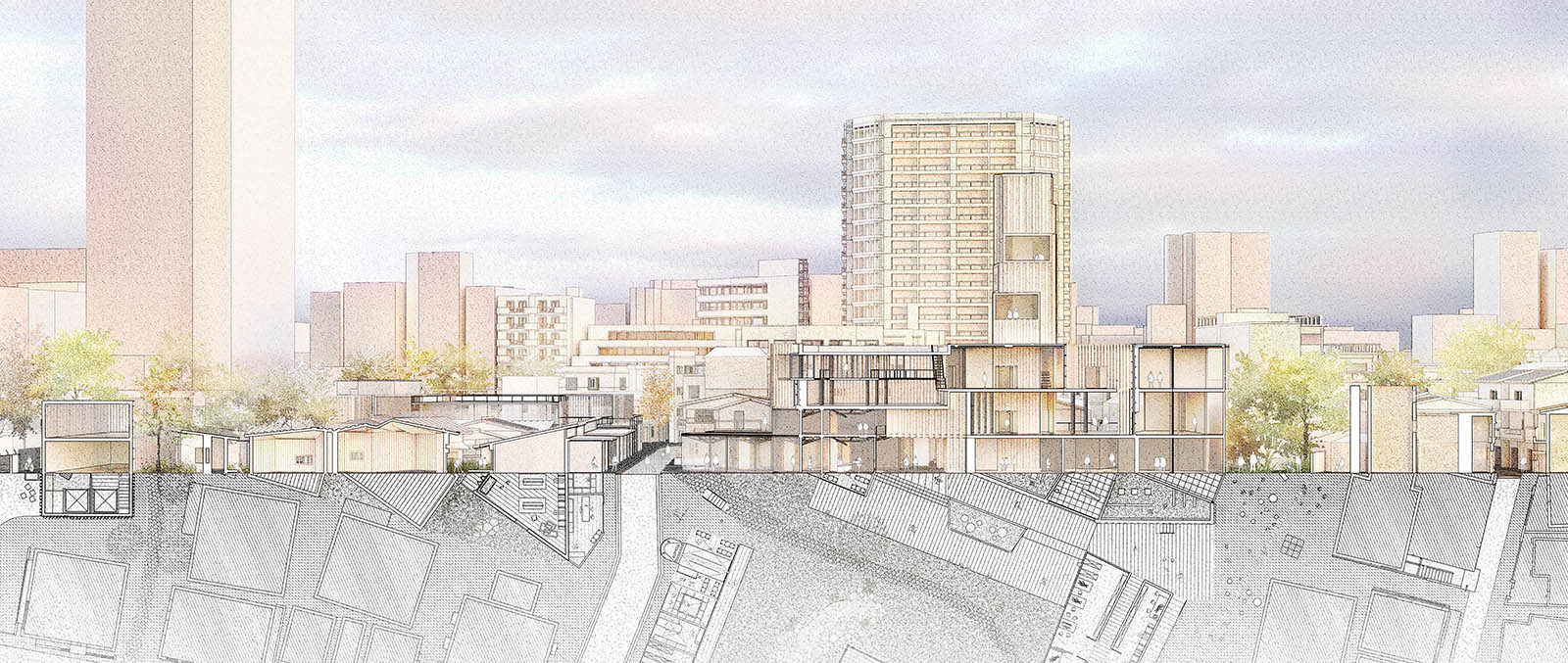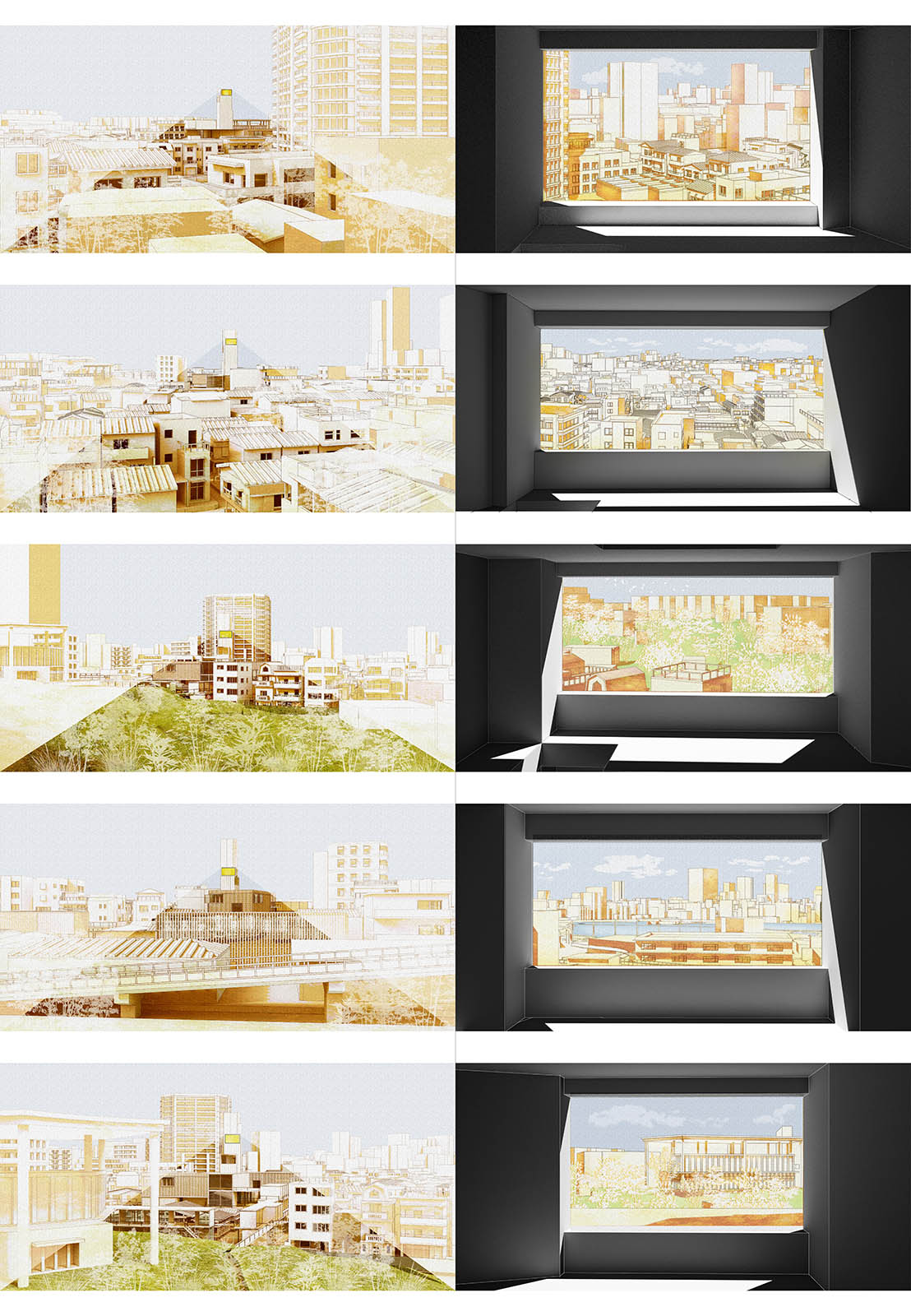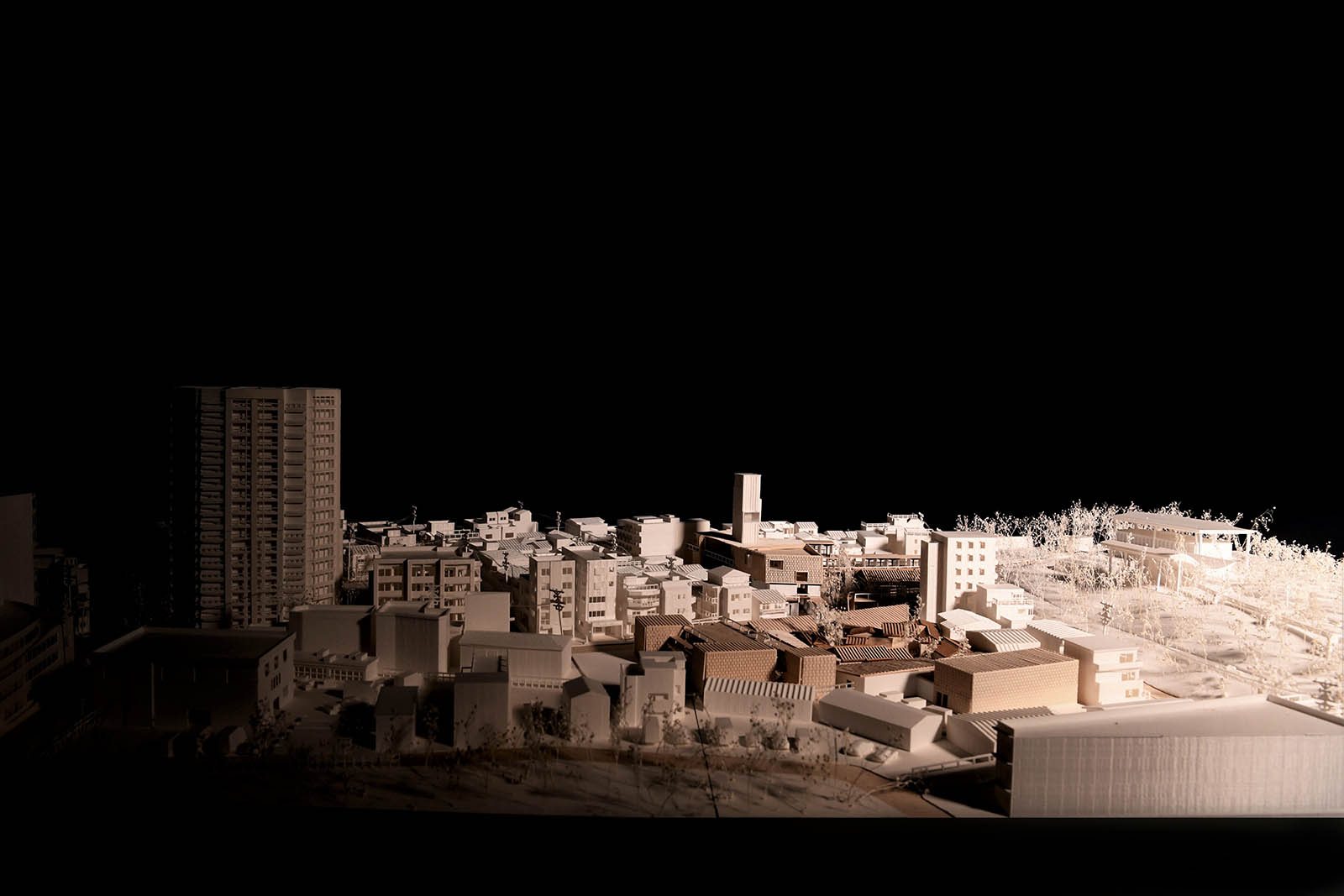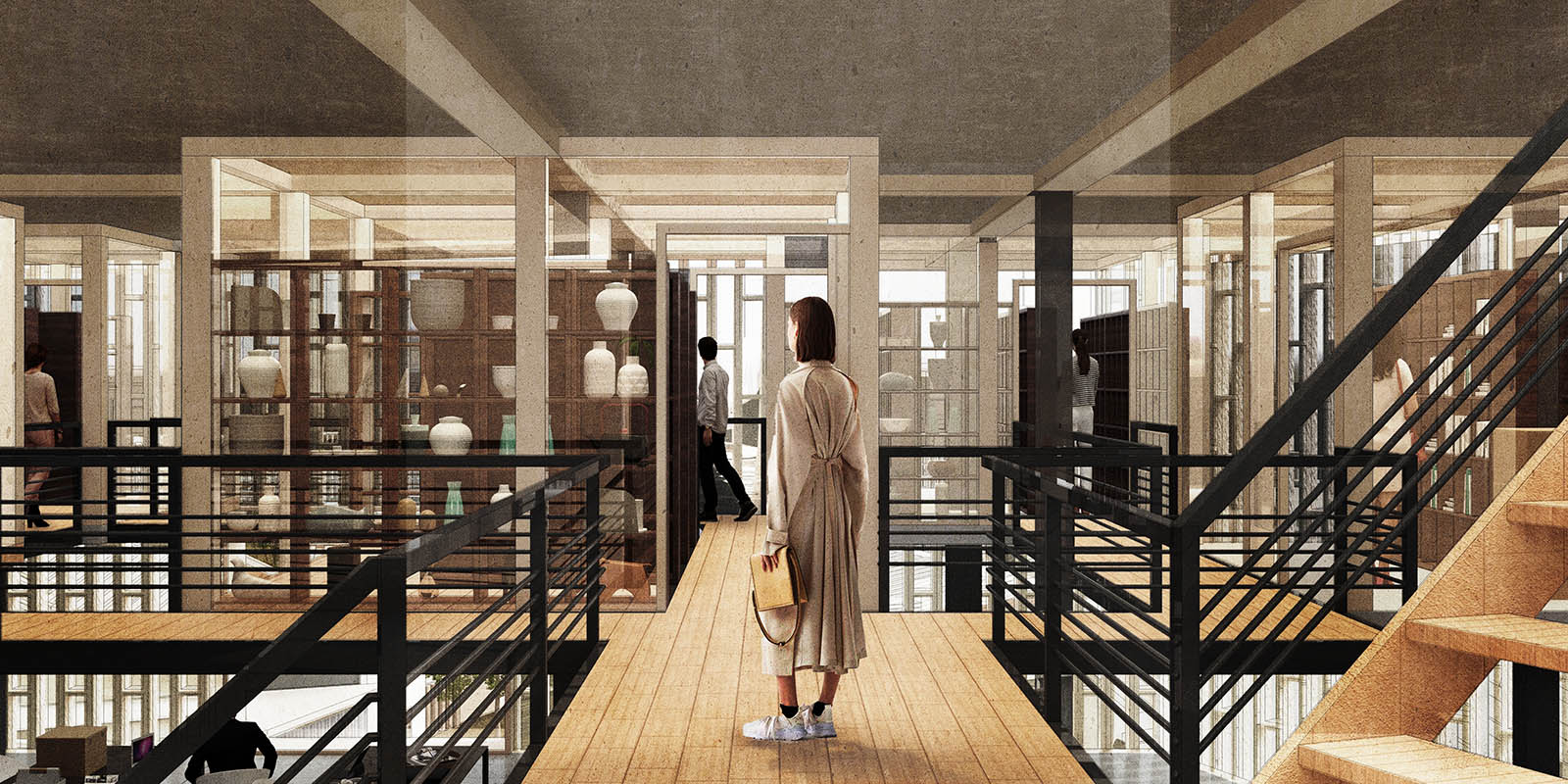2022 James Templeton Kelley Prize: Qin Ye Chen’s “Fluid Permanence – A Shotengai-Archive in Tokyo”

by Qin Ye Chen (MArch I ’22) — Recipient of the James Templeton Kelley Prize, Master in Architecture I.
Today Tokyo stands as a “brand new city.” Buildings are regularly uprooted to make way for new ones that completely wipe out traces of the previous structure. The idea of a “propelling monument,” as described by Aldo Rossi in The Architecture of the City, is the means by which we can begin to rethink architecture’s relationship to time and history. This thesis questions the notion of linear time and deals with concepts of adaptation and modification. It explores propelling permanence that provides a past that can still be experienced and is attached to the present everyday reality. It asks the question: How can we construct an architecture that allows us to explore the intersection of past and present and to rethink the notion of active history? Can public space be a repository of collective memory and achieve propelling permanence in a city that is constantly changing?
This thesis project attempts to establish a contemporary response commemorating the atmosphere of an area that has been forgotten, while initiating a new dialogue with existing structures. The proposal contains a plurality of functions in juxtaposition, bringing the informal next to the formal, and extending its influence beyond its architectural footprint to the larger urban context. The goal is to transform the archive—a building type historically about storage—into an urban social structure that programmatically engages the community. The architecture itself functions as an archival element across multiple scales, from the cabinets, to the building envelope, to the urban scale. By selectively framing episodes and modulating views, the architecture reconstructs a link with the past, and brings together a live archive that evolves and renews. The juxtaposition of two programs and two sites, and the crossing of the new with the old, constructs an architecture that preserves, presents, and promotes historical and cultural resources without fossilizing them in time. The past and future are captured here in the present moment.



